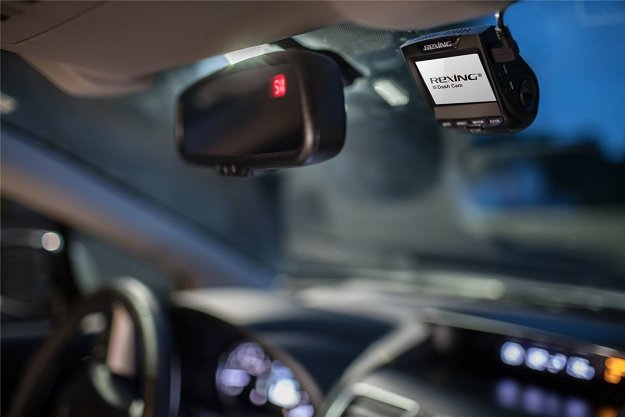For the first time, Audi will affix the RS performance badge to an SUV. The RS Q3, based on the smallest of Audi’s crossovers, will debut at the Geneva Motor Show. If you think you’ve seen this before, you have: the car is based on a concept Audi showed at the 2012 Beijing Motor Show.
The production RS Q3 looks similar to the concept, with a more aggressive front end, honeycomb grille, and bigger wheels and tires. However, in a nod to practicality, the production car gets roof rails, along with the RS line’s trademark aluminum side mirror trim.
At the back, a rear spoiler, diffuser-like trim, and elliptical tailpipes indicate that this isn’t a normal shopping mall shuttle.
Under the hood is a 2.5-liter five-cylinder engine, with turbocharging and direct injection. It’s a modified version of the engine used in the TT RS and RS 3 Sportback. It produces 310 horsepower and 309 pound-feet of torque, a little less than the RS Q3 concept’s 360 hp and 343 lb-ft.
Behind the engine is Audi’s S tronic seven-speed dual-clutch automatic transmission and quattro all-wheel drive.
As Audi’s first performance crossover, the RS Q3 has a lot to prove. RS fans can rest assured that it will be decently quick. It can reach 62 mph (100 kph) in 5.5 seconds and an (electronically limited) top speed of 155 mph.
The RS Q3 concept was able to reach 62 mph in 5.2 seconds, and reach a top speed of 165 mph, but that’s probably due to its extra power. Audi would never produce a car (short of the R8) that could go faster than 155 mph anyway, because of a gentleman’s agreement among German carmakers.
Audi says the RS Q3’s electro-mechanical power steering has a “stiff, precise steering feel,” which would put it in the minority among such systems. The quattro brigade also moved the battery to the trunk and fitted wave-shaped brake rotors to redistribute and trim weight, respectively.
Audi also gave the RS Q3 its own version of the MMI infotainment system. In addition to typical features like the hard drive-based MMI Navigation Plus, drivers can call up their boost pressure, oil temperature, and lap times on the car’s display.
Other tech features include Bluetooth, a built-in WLAN Wi-Fi hotspot, and a 14-speaker Bose audio system.
The RS Q3 goes on sale this fall, with a starting price of 54,600 euros. Since the non-RS Q3 isn’t sold in the United States, Americans probably won’t get to enjoy the first SUV to wear the RS badge.
Editors' Recommendations
- 2020 Audi E-Tron Sportback, RS Q8 confirmed for 2019 LA Auto Show
- Audi Q3 Sportback crossover is a mini Q8 that won’t come to the U.S.


